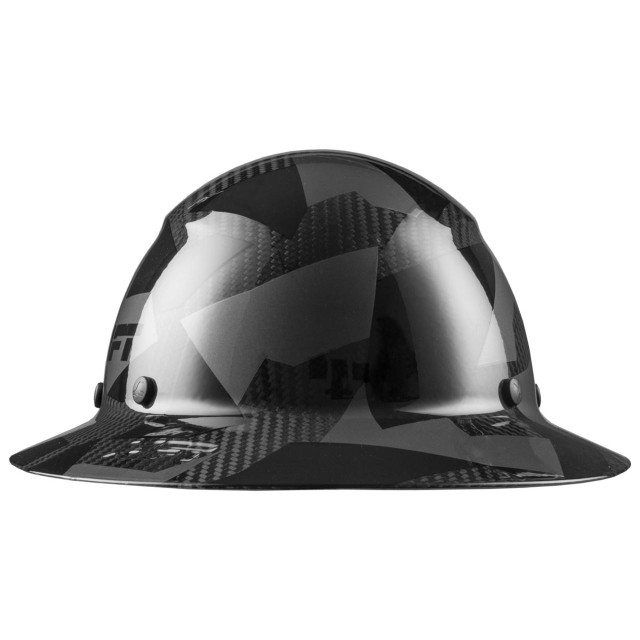Ensuring the safety of workers in extreme weather conditions is crucial, and lift hard hats play a vital role in protecting workers from potential hazards. Extreme weather, such as high winds, heavy rain, or extreme heat, can pose significant risks to workers on construction sites, industrial facilities, or outdoor work environments. In this blog post, we will explore four key points on how to ensure safety in extreme weather conditions.

Choosing Weather-Resistant Hard Hats:
Selecting weather-resistant hard hats is the first step in ensuring worker safety in extreme weather conditions. It is important to choose hard hats that are designed to withstand the specific weather elements workers may encounter.
For example, in areas prone to high winds, hard hats with a secure, adjustable suspension system are essential to prevent them from being blown off. Hard hats with chin straps or additional retention systems can provide extra security in windy conditions.
In regions where heavy rain or snow is common, hard hats with water-resistant materials or coatings can help prevent water from seeping inside and impairing visibility or compromising the structural integrity of the hard hat.
When working in extreme heat, hard hats with ventilation features or sweatbands can help keep workers cool and reduce the risk of heat-related illness.
By choosing weather-resistant hard hats that are specifically designed to withstand the conditions workers face, employers can ensure that their workers are adequately protected.
Providing Proper Training and Education:
Worker training and education are crucial for ensuring safety in extreme weather conditions. Employers should provide comprehensive training programs that educate workers about the potential hazards associated with different weather conditions and how to use hard hats effectively.
Training should include information on how to properly adjust and wear hard hats, as well as guidelines on when to use additional safety equipment, such as face shields or goggles, in conjunction with hard hats in extreme weather conditions.
Workers should also be educated on recognizing the signs and symptoms of weather-related illnesses, such as heat exhaustion or frostbite, and how to take appropriate preventive measures.
Regular refresher training sessions and safety meetings can help reinforce the importance of wearing hard hats and following safety protocols in extreme weather conditions.
Implementing Weather Monitoring Systems:
Implementing weather monitoring systems can provide real-time information about current and forecasted weather conditions, allowing employers to proactively plan and respond to extreme weather events.
Employers can install weather monitoring equipment, such as anemometers to measure wind speed or rain gauges to measure precipitation, at worksites. This data can help determine when extreme weather conditions are approaching and provide valuable information for making decisions regarding work activities and worker safety.
Weather monitoring systems can also provide alerts or notifications to workers and supervisors, enabling them to take immediate action, such as seeking shelter or adjusting work schedules, to mitigate potential risks.
By utilizing weather monitoring systems, employers can enhance worker safety by staying informed about changing weather conditions and implementing appropriate safety measures.
Developing Emergency Response Plans:
Developing comprehensive emergency response plans is crucial for ensuring worker safety during extreme weather conditions. Employers should establish clear protocols that outline how to respond to different weather emergencies, such as thunderstorms, hurricanes, or heatwaves.
Emergency response plans should include designated shelter areas where workers can seek refuge during extreme weather events. These areas should be equipped with the necessary safety equipment, such as hard hats, first aid kits, and communication devices, to ensure worker safety.
Regular drills and exercises can help familiarize workers with emergency response procedures and ensure that they are prepared to act quickly and effectively in the event of a weather-related emergency.
In addition to emergency response plans, employers should also have procedures in place for assessing and addressing any potential damage to hard hats or other safety equipment caused by extreme weather conditions. This includes regular inspections and maintenance to ensure that hard hats remain in optimal condition for use.
In conclusion, ensuring safety in extreme weather conditions is crucial for protecting workers, and lift hard hats play a vital role in maintaining worker safety. By choosing weather-resistant hard hats, providing proper training and education, implementing weather monitoring systems, and developing emergency response plans, employers can enhance worker safety in extreme weather conditions. Prioritizing worker safety and proactively addressing weather-related hazards not only protects workers but also contributes to a productive and secure work environment.